Introduction
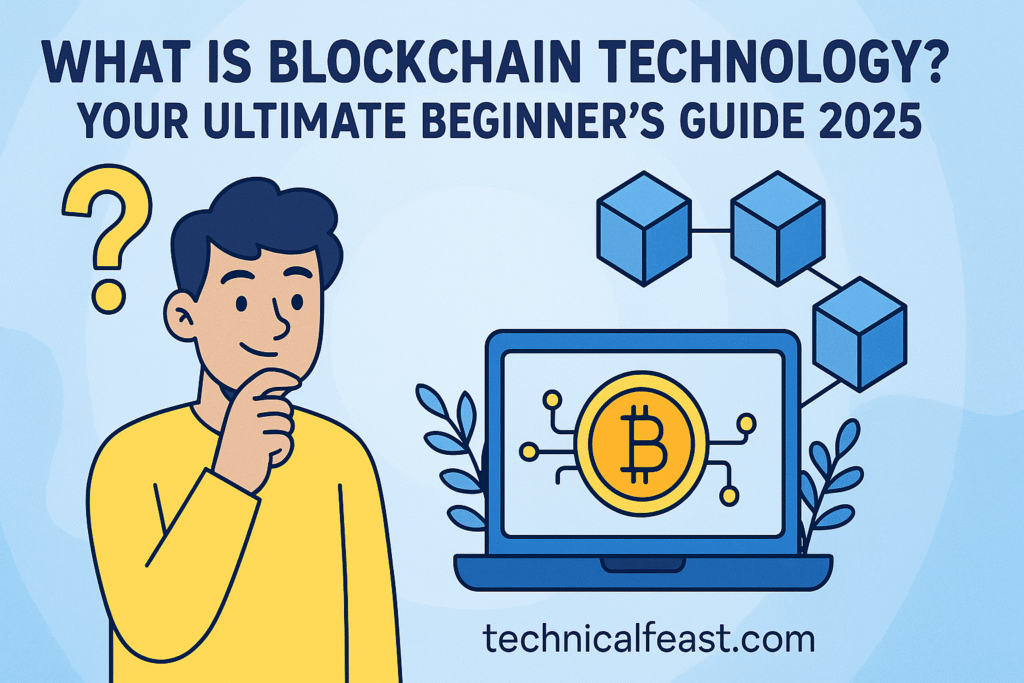
Imagine you and your friends maintaining a shared notebook where every new entry is written in ink and everyone can see every page. No one can erase or alter what’s already written without everyone else noticing. That’s the essence of. In this guide, we’ll journey from the fundamental concept of blockchain to its transformative impact on industries—from finance to healthcare—enriching each explanation with personal anecdotes, concrete case studies, and expert viewpoints. By the end, you’ll appreciate not only what blockchain is, but why embracing could redefine trust in the digital age.
How Blockchain Works: A Simple Explanation
At its core, is a decentralized, tamper-proof ledger that records transactions in ordered batches called blocks. Here’s how it unfolds step by step:
- Transaction Creation: Alice sends data or value—say, cryptocurrency—to Bob.
- Broadcasting to the Network: This proposed transaction is shared with every node (computer) participating in the blockchain.
- Validation: Through consensus mechanisms like Proof of Work (PoW) or Proof of Stake (PoS), nodes agree the transaction is legitimate.
- Block Formation: Validated transactions bundle into a new block.
- Linking Blocks: Each block carries a cryptographic hash of the previous block, forging an immutable chain.
- Chain Update: All nodes update their copy of the blockchain, ensuring uniformity and transparency.
This process embodies power: a trustless system where every participant verifies the same source of truth.
Key Components of Blockchain
Breaking down into its core parts reveals why it’s more than just a buzzword:
- Distributed Ledger Technology (DLT): Every node holds an identical ledger copy. No central authority controls the data.
- Cryptographic Hashing: Using algorithms like SHA-256, each block’s contents produce a unique fingerprint. Change one bit, and the hash shifts entirely—ensuring data integrity.
- Consensus Mechanisms: PoW (Bitcoin) and PoS (Ethereum 2.0) decide how nodes validate new blocks, balancing security, speed, and energy consumption.
- Smart Contracts: Programmable agreements that self-execute when predefined conditions are met, automating processes without intermediaries.
Together, these components make a secure, automated, and transparent framework for digital transactions.
Types of Blockchains
Not every blockchain looks the same. Here’s a quick tour of the main varieties:
- Public (Permissionless) Blockchains: Open to anyone—Bitcoin, Ethereum. Ideal for censorship resistance but can face scalability challenges.
- Private (Permissioned) Blockchains: Restricted access, often within a single organization—Hyperledger Fabric. They offer privacy and speed but sacrifice full decentralization.
- Consortium Blockchains: Governed by a consortium of organizations—R3 Corda is popular in banking. They strike a middle ground between decentralization and control.
Selecting the right type depends on whether your priority is open participation (public), confidentiality (private), or a balanced governance model (consortium) when exploring applications.
Benefits of Using Blockchain
Why are businesses and institutions gravitating toward ? Because it delivers tangible advantages:
- Transparency: Every transaction is logged and visible to permitted parties, reducing fraud.
- Security: Immutable cryptographic links guard against tampering and double-spending.
- Efficiency: Automates reconciliation, cutting days of paperwork to minutes.
- Cost Savings: Eliminates intermediary fees—from banks to clearinghouses.
- Programmability: Smart contracts streamline processes, from insurance payouts to royalty distributions.
A project I consulted on used a private blockchain to track pharmaceutical shipments. Traceability rose by 40%, and the risk of counterfeit drugs plummeted—classic evidence of s real-world impact.
Real-World Applications of Blockchain
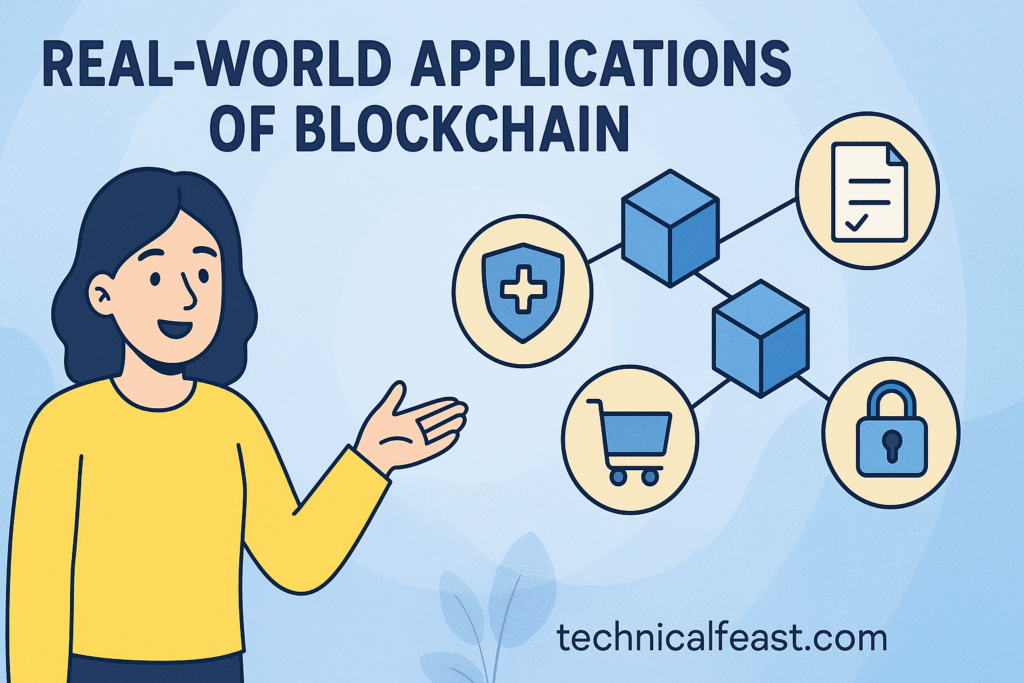
has leaped far beyond cryptocurrency. Here are standout use cases:
- Supply Chain Management: Companies like Walmart partner with IBM Food Trust to track produce from farm to shelf. Recall times dropped from 7 days to 2.2 seconds, drastically cutting waste.
- Healthcare Records: Estonia’s e-Health Foundation secures patient data on a blockchain, giving doctors and patients controlled yet seamless access.
- Voting Systems: West Virginia piloted blockchain voting for overseas soldiers—ensuring ballot integrity and trust.
- Real Estate: Propy’s platform tokenizes property deeds, reducing title fraud and optimizing closing processes.
Each example underscores versatility in enhancing transparency and security across sectors.
Blockchain in Financial Services
The financial world remains a fertile ground for innovations:
- Cross-Border Payments: RippleNet reduces settlement times from days to seconds, saving banks up to 60% on fees.
- Decentralized Finance (DeFi): Platforms like Aave and Compound enable peer-to-peer lending, with over $80 billion locked in protocols as of early 2025.
- Asset Tokenization: From stocks to fine art, tokens democratize access, allowing fractional ownership and higher liquidity.
A friend of mine used DeFi protocols to earn yield while keeping custody of her assets—proof that can empower individuals outside traditional banking.
Common Misconceptions About Blockchain
Before diving headfirst, let’s debunk some myths around :
- “It’s the same as Bitcoin.” Bitcoin uses blockchain, but the technology spans innumerable applications.
- “Blockchain is anonymous and for criminals.” While privacy coins exist, many networks prioritize transparency and KYC compliance.
- “All blockchains are slow and energy-intensive.” Advances like PoS and Layer 2 solutions dramatically boost speed and cut power use.
Clearing up these misconceptions is essential as you explore broader landscape.
Challenges and Limitations
No innovation is flawless. When implementing watch for:
- Scalability Bottlenecks: High transaction volumes can clog networks, spiking fees.
- Regulatory Hurdles: Countries vary widely—from crypto-friendly Malta to cautious China—making compliance complex.
- Interoperability Gaps: Different blockchains often can’t share data natively, hampering seamless workflows.
For instance, a healthcare consortium project I followed stalled when divergent regulatory requirements across regions created legal roadblocks—an all-too-common challenge.
The Future of Blockchain Technology
What’s next for ? Keep an eye on:
- Layer 2 Scaling: Solutions like Polygon and Optimism will ease network congestion.
- Cross-Chain Bridges: Initiatives like Polkadot and Cosmos aim to unite siloed blockchains.
- Central Bank Digital Currencies (CBDCs): Over 90% of central banks are researching digital national currencies.
- AI & Blockchain Synergy: Projects are emerging to validate AI data on-chain, ensuring model transparency.
This evolving ecosystem ensures remains at the forefront of digital innovation.
How to Get Started with Blockchain
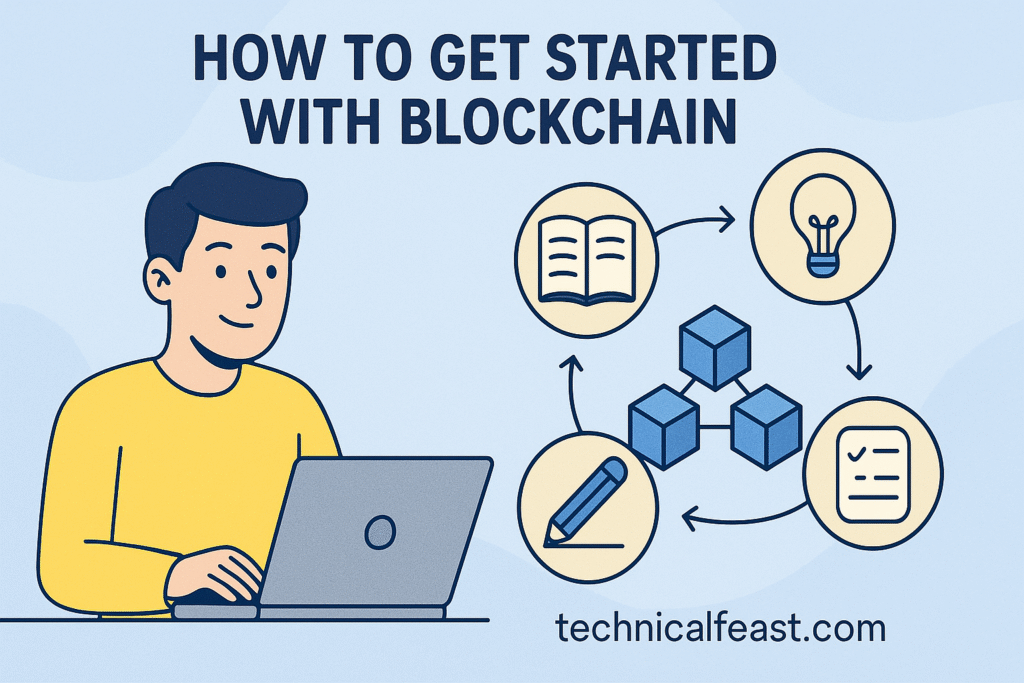
Ready to experiment with ? Here’s your roadmap:
- Educational Resources: Platforms like Coursera, edX, and freeCodeCamp offer foundational courses.
- Testnets & Faucets: Deploy smart contracts on Ethereum’s Goerli or Binance Smart Chain testnets to learn risk-free.
- Hands-On Tools: Use environments like Remix IDE or Truffle Suite for Solidity development.
- Community Engagement: Join Discord servers, Subreddits like r/ethdev, and local Meetups to network.
I still remember deploying my first ERC-20 token on a testnet—it took minutes, and that “aha!” moment sparked my deeper dive into
Case Study: IBM Food Trust & Walmart
IBM’s Food Trust blockchain, adopted by Walmart, tracks perishable goods across suppliers. Results:
- Recall Efficiency: From 7 days down to 2.2 seconds, saving lives and money.
- Waste Reduction: Up to 25% fewer spoiled goods.
- Consumer Trust: QR code scanning gave customers 360° visibility into origins.
Such impactful metrics showcase how can revolutionize supply chain transparency and safety.
Expert Insights
“Blockchain lets us create systems where trust is embedded in technology, not people.”
— Don Tapscott, Author of “Blockchain Revolution”
“We’re only scratching the surface of what distributed ledgers can achieve.”
— Gavin Wood, Polkadot Co-Founder
Their thoughts underscore vast potential beyond financial gimmicks.
Conclusion
Blockchain—embodied by —is more than a technological novelty; it’s a foundation for reimagining transactions and trust. From boosting supply chain integrity to democratizing finance, its real-world impact continues to expand. Start with small experiments, connect with communities, and let your curiosity guide you. As you explore further, remember: every block you add to the chain is a step toward a more transparent, efficient, and secure digital future.
Frequently Asked Questions (FAQs)
1. What makes blockchain different from a traditional database?
Unlike databases managed by a central authority,
2. Do I need coding skills to use blockchain?
Basic interaction (wallet use) requires no code, but building dApps or smart contracts in Solidity or Rust does benefit from programming knowledge.
3. Is blockchain environmentally friendly?
While Proof of Work consumes significant energy, newer PoS networks and Layer 2 solutions drastically reduce the carbon footprint of platforms.
4. Can blockchain be hacked?
The core protocol is highly secure, but peripheral elements like smart contract bugs or wallet vulnerabilities pose risks. Regular audits and best practices mitigate these threats.
5. How do businesses choose the right blockchain?
Assess needs: public for open ecosystems, private for confidentiality, consortium for shared governance. Align platform features with your use case.
6. Where can I learn more about blockchain trends?
Follow resources like CoinDesk, The Block, and academic journals. Engage with developer forums on Reddit, GitHub, and specialized Discord channels.
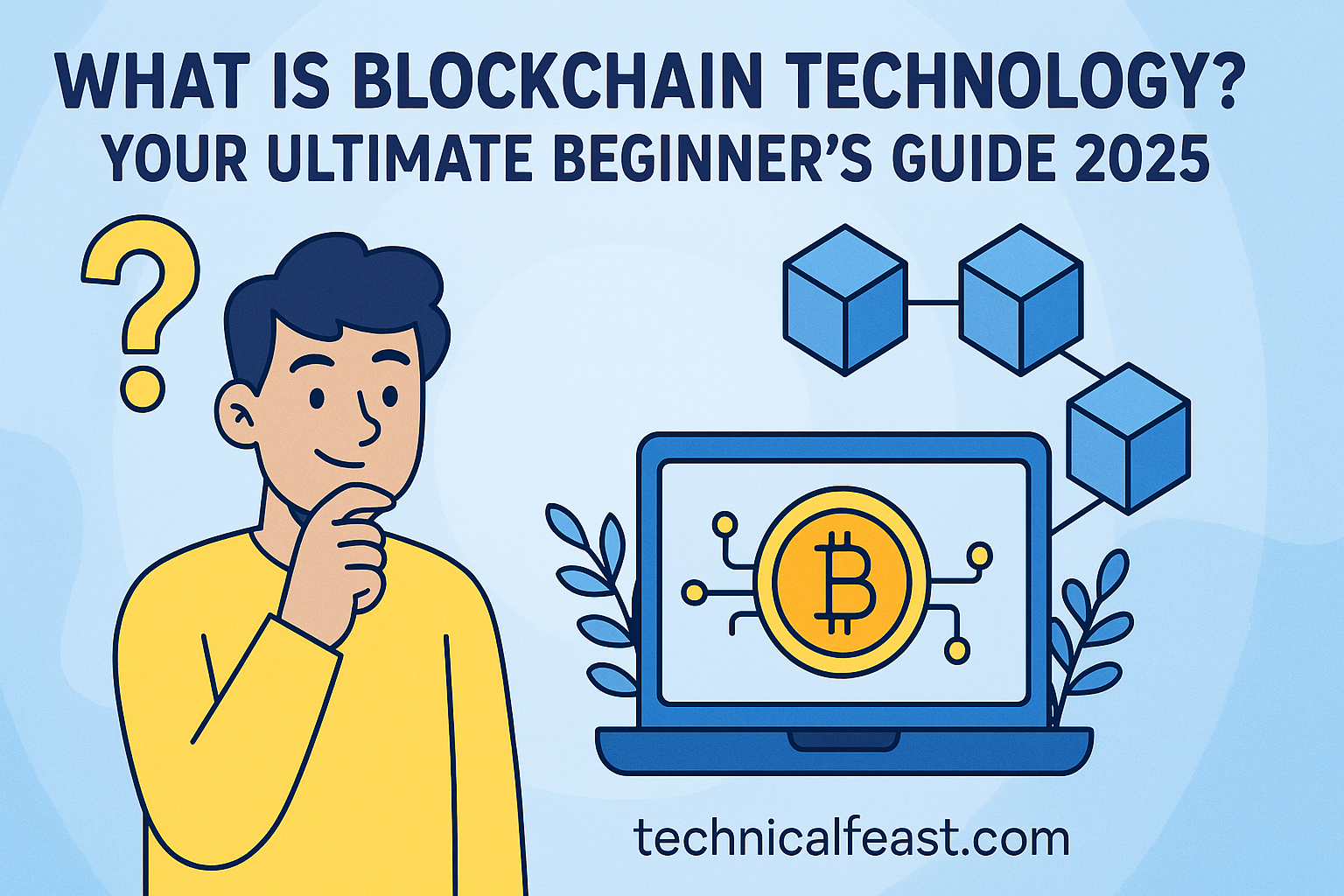

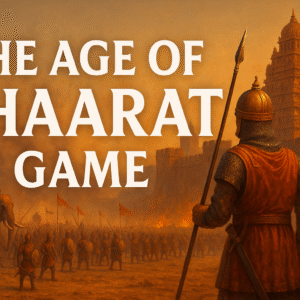
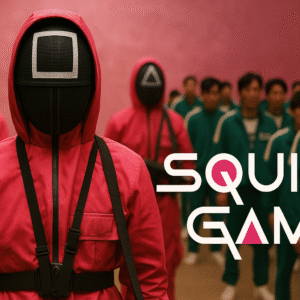
Leave a Reply